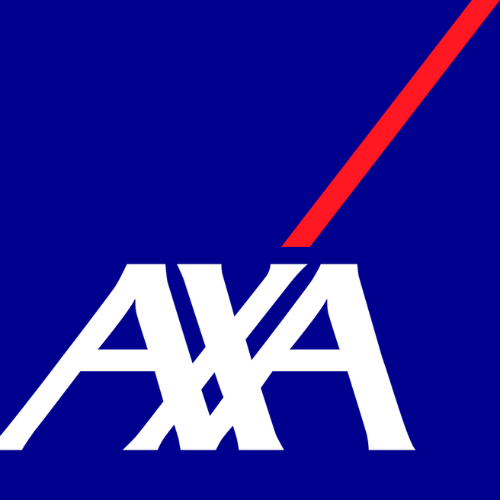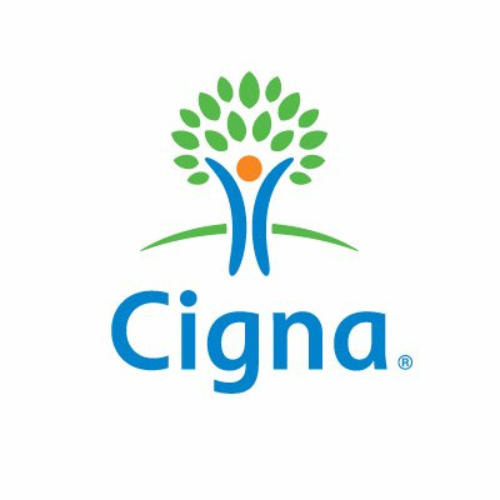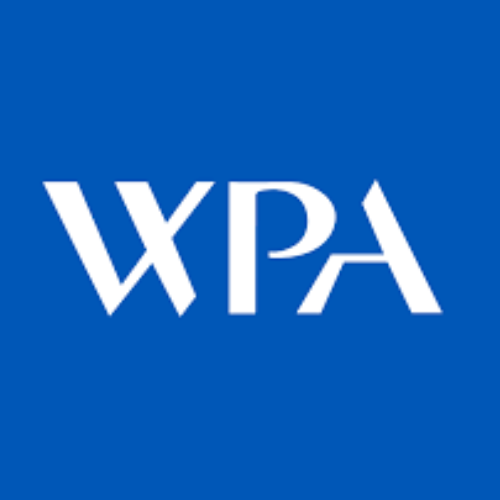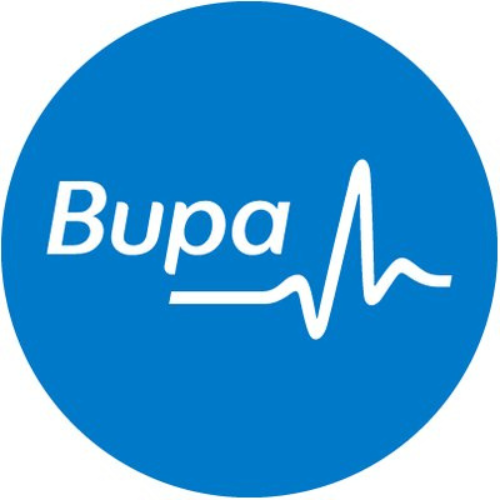Heart Symptoms
It's important to pay attention to your body and seek medical attention if you are experiencing any symptoms related to your heart.
While some symptoms may be minor and easily treatable, others can be indicative of a more serious underlying condition.
It's always best to err on the side of caution when it comes to your heart health.
If you are experiencing any of these common symptoms, we encourage you to contact us to schedule an appointment as soon as possible.
Worrying unnecessarily can often exacerbate symptoms, don't suffer in silence, speak to a member of our team today who are ready to help you.
Chest pains
black
outs
shortness of breath
palpitations
racing heart
Peripheral oedema
hyper
tension
ankle swelling
High cholesterol levels
The scope of services comprises diagnosis and management of the following
- Heart failure
- Blackouts
- Syncope
- Palpitations
- Racing heart
- Chest pains
- Shortness of breath
- Pulmonary hypertension
- Valvular heart disease
- Peripheral Oedema
- Ankle Swelling
- Hypertension
- Analysis of ECG Holter Monitoring
- Intracoronary Intervention/Stents
- Analysis of Blood Pressure Monitoring
- Arrythmias, mainly atrial fibrillation and supraventricular tachycardias
- Qualification of cardiac patients for non-cardiac surgeries
- Stable coronary artery disease, including patients after heart attacks, patients with coronary artery by-pass grafts, and patient after stenting
- Echocardiograms
- Electrocardiograms
- Coronary Angiography







